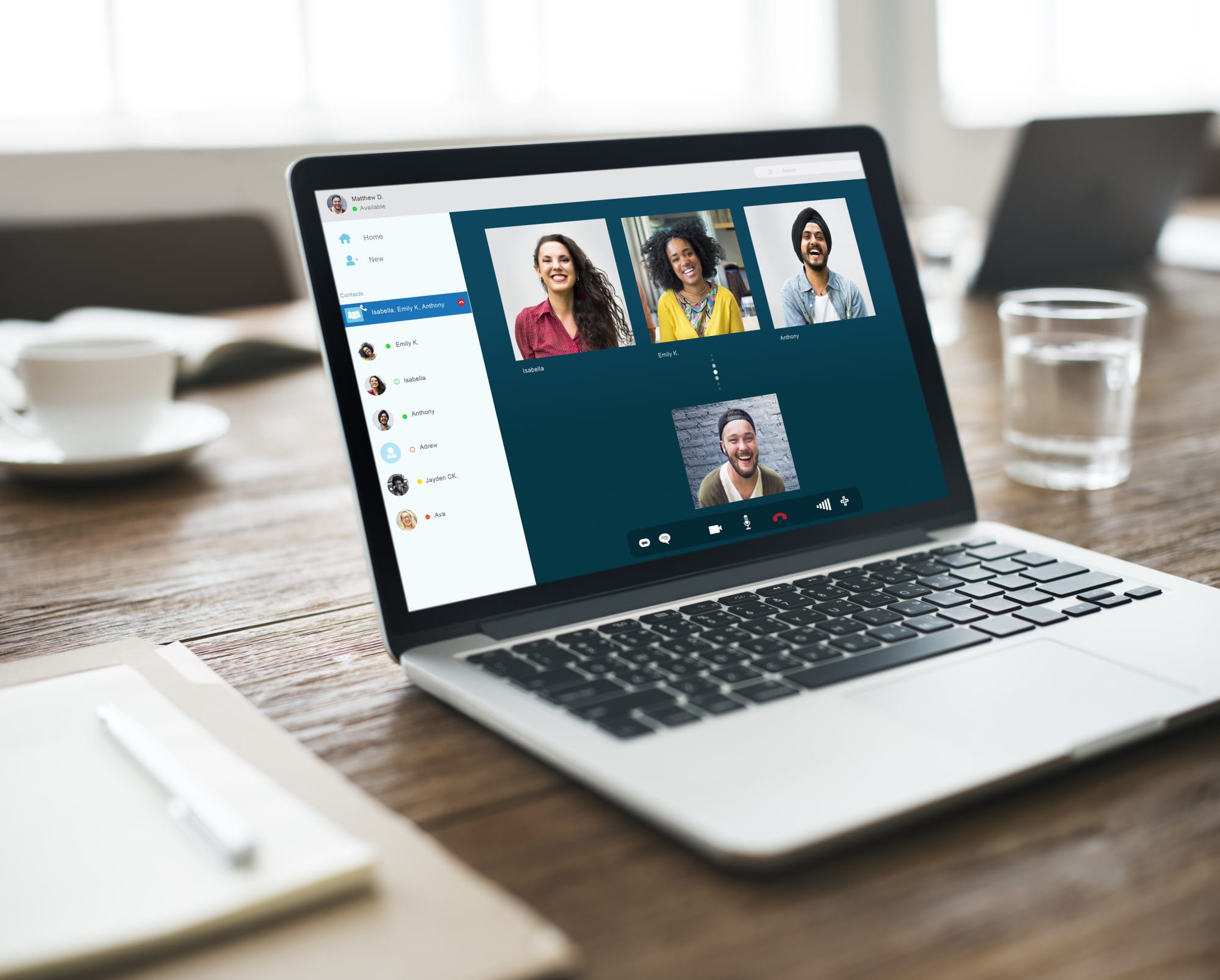6 Tips for Setting up Conference Call Using Video

Unfortunately, many conference call meetings end up being a waste of time for all participants due to poor planning, inadequate technology or user error when setting up the call. Some people have come to hate conference calls because of poor meeting coordination, technical glitches and lack of participation from colleagues. It is a common occurrence for example that participants get distracted from the meeting and nothing gets accomplished.
Successful video conferencing meetings are very possible if you take the time to prepare for the meeting. Keep reading for six important tips that will make you an expert at setting up conference call using video.
1. Always Test Your Equipment and Connections
At least a day before the meeting you should test your equipment and network connections to ensure that they are in proper working order. Testing a day in advance will give you enough time to replace any faulty equipment and get failed connections fixed. Testing out your equipment also gives you the confidence to operate the technology during the actual conference meeting.
Some of the things to look out for while testing includes making sure lighting in the conference room is adequate. Also, be sure that everyone sitting in the meeting room will be visible on the conference screens. Cameras and microphones should be well placed around the room such that all participants can be seen and heard.
Also, ensure that you set up your conference equipment and connections around half an hour before the meeting. If the meeting starts at 9 am that is not the time to start connecting the call and switching on your speakers. Doing this beforehand will help the meeting start on time.
2. Have a Meeting Facilitator to Guide the Meeting
The facilitator is usually the organizer of the meeting. Send out an agenda and any documentation prior to the meeting to allow participants to prepare adequately for the meeting.
During the meeting, the facilitator should limit side discussions amongst participants and should check that everyone is fully engaged and contributing to the discussions. Any irrelevant debates should be quickly cut off to ensure that the meeting is concise and ends on time with all items on the agenda covered.
When sending out the meeting invitations provide backup connection options if the main conference line goes down. Alternative connection options for the meeting include phone dial-in codes and conference calling on apps such as Skype, WhatsApp, and Zoom.
3. Make Use Of Visual Presentation Aids Through Screen Sharing
Visual presentation aids used during the conference call will prevent the participants from getting bored by the discussions. The meeting facilitator can share their laptop screen with those in the meeting. This means that the document or presentation on the facilitator’s screen will be seen on the conference room’s screen as well as the laptops of remote participants.
The facilitator can also make changes to any documents as discussions take place. When screen sharing remember to disable any notifications from email or chat applications. Use the best screen sharing software to make the meeting go smoothly.
4. Have Protocol for All Participants
At the beginning of your meeting go over meeting protocol so that the conference call runs smoothly. For example, you may request remote speakers to turn off their microphones except while speaking. This reduces disruptions from background noise.
Additionally, all participants should turn on their cameras and ensure they are visible by everyone else in the conference. To prevent people from speaking over each other, the facilitator should ask participants to give visual cues before speaking and he or she may select the people allowed to speak.
5. Record the Call
It is important to record the call for record-keeping purposes. Recorded calls will be useful for participants that were absent from the meeting but need to know what was discussed.
If participants know the call is being recorded it allows them to be fully engaged in the meeting without having to worry about taking proper notes or minutes.
6. Be Aware Of Yourself and Your Surroundings If Calling in From a Remote Location
Participants dialing into a video conference meeting from remote locations have their own set of tips to follow. First of all, you should confirm that your video conferencing equipment works properly and test it before the conference call.
If you have a modern laptop it should come with a camera and inbuilt speakers and microphones. In this case, all you will need for the conference call is your laptop and perhaps a pair of earphones for better sound quality.
When taking part in a conference call from a remote location ensure you choose a place with little background noise. Be aware of your environment and what other people at the conference will see. For example, taking part in a call from a disorganized office will reflect badly on you.
Keep in mind that all your actions can be seen by other participants so behave appropriately and dress appropriately. Avoid having bright lights behind you as these will make it hard to see you.
Have Successful Results When Setting Up Conference Call Using Video
In order to have a productive conference call, it is necessary for you to prepare for the meeting. Send out the agenda well in advance when setting up conference call.
Allow participants to get ready for the meeting and be sure to test out your conference call technology before the meeting. Remember that you should always be professional and practice good communication skills.
For more tips and advice, check out more articles right here on our blog.












Leave a Reply
Want to join the discussion?Feel free to contribute!